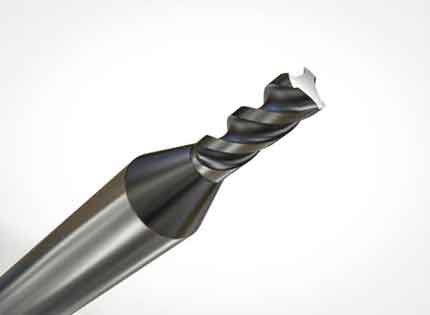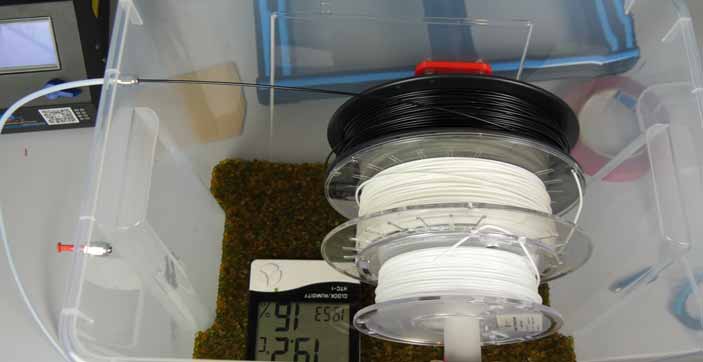The process of manufacturing large-size and high-aspect-ratio carbide tools typically involves uniformly pressing tungsten carbide powder in a flexible bag. Although the equalization pressing process is more time-consuming than molding, it is more cost-effective, making it more suitable for small-batch production. Here are the four main types of carbide tools:
Tungsten Carbide Cutters

Tungsten carbide is used for many different applications, including cutting metal and other tough materials. In this application, the tungsten carbide bit is much easier to use than the traditional blade or bit. Because the tungsten carbide bit doesn’t have a knife edge, it’s more like an ax. Its power replaces its finesse. Tungsten carbide cutters are commonly used in the aerospace industry, dental technology, and energy industry.
Solid-carbide round tools
Solid-carbide round tools are used in industrial metal cutting applications. They can be classified into different types according to their properties. This material is a combination of tungsten carbide and cobalt powder, with a hardness between sapphire and diamond. The resulting material is ground to form round-shank tools. Then, these tools are used to perform various operations. This article provides an overview of the different applications of solid-carbide tools.
End mills
They are used for milling, holemaking, and profiling. These tools can be used with many materials including hardened steel for molds, aerospace alloys, and titanium. Various end mill designs are available to suit specific applications. They can be fashioned from solid or indexable carbide, have a coating, or are combined with helical or straight line ramps. Some end mills can even be designed with edge prep to enhance their finish.
Threading tools
Using threading tools to produce multiple thread pitches is crucial for successful machining. These tools are available in several varieties to cater to different applications. They can be used to create multiple thread pitches for a variety of materials. In addition, threading tools are available in right-handed and left-handed styles. Listed below are the advantages of carbide threading tools. All of these features will help you complete the job faster and more accurately.
Ti Feed mills
Carbide tools are made from different types of materials. While HSS and carbide tools are commonly used in high volume production, they are not always suitable for these types of applications. Because carbide tools are less rigid and can take a beating, they are ideal for machining harder materials, such as titanium.
Conclusion:
They can also be used in less rigid applications, such as deep hole drilling and stack drilling. Because of the fact that carbide tools do not require internal coolant supplies, they are a great choice for such applications.







